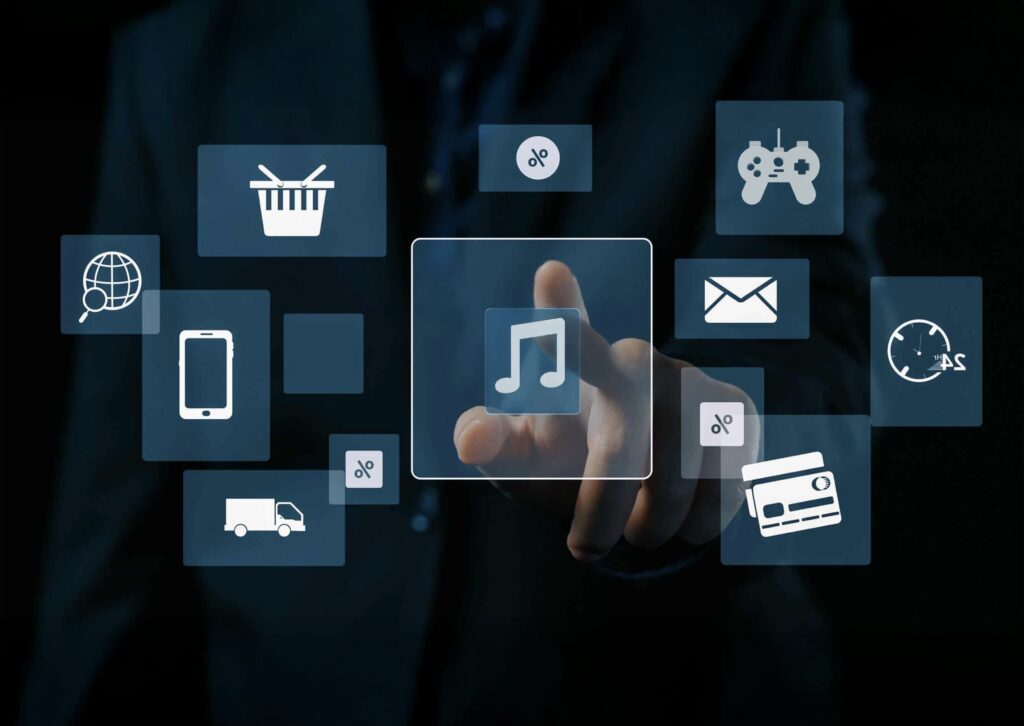
Executive Summary
- Trend: Direct Carrier Billing (DCB) has evolved from niche mobile content payments into a strategic fintech tool for telcos.
- Opportunity: Operators can leverage DCB to expand from digital content and OTT bundling into transport, urban services, and e-commerce, while enabling micro-payments for unbanked demographics.
- Market Size: The global DCB market was estimated at USD 40–45 billion in 2024–2025 and is projected to nearly double within the decade — reaching USD 90–100 billion between 2031 and 2035, depending on the source.
- Action: By piloting non-digital DCB services and partnering across industries, operators can drive new revenue, stronger loyalty, and deeper relevance in the digital economy.
Introduction: The Evolution of DCB
Direct Carrier Billing (DCB) lets consumers charge purchases directly to their phone bill or prepaid balance. It offered a frictionless way to buy digital goods without credit cards and became popular across Asia, Europe, and the Middle East for games, videos, and subscriptions. In its original form, DCB enabled one-tap payments for digital content (apps, streaming, games, in-game items). This not only improved convenience but also created new carrier revenues from impulse purchases and micro-transactions.
Today, forward-looking telcos are expanding DCB well beyond content. As they seek new revenue and stronger engagement, DCB is evolving into a wider payment and bundling platform, powering everyday services from transport to e-commerce and financial inclusion.
New Frontiers: DCB Applications Beyond Telecom Content
DCB’s versatility now powers services once outside telecom’s scope. If a service can be digitally represented, it can likely be monetized through a phone account. Some real-life examples are:
- Public Transport Mobile Ticketing (Italy): Rome’s ATAC launched “SMS&GO,” letting riders purchase tickets via text, billed directly to their phone bill. The service works with TIM, Vodafone, and WINDTRE. Expanded nationally in 2024, it now covers Rome, Milan, and Naples, building on the same workflow that earlier enabled phone-based parking payments.
- Parking Fees via SMS (UAE): Since 2009, drivers in Dubai and Abu Dhabi have paid parking fees by texting license plate and zone details, with charges applied via Etisalat or Du. Accessible to all SIM users, including visitors, the service processes millions of transactions and demonstrates how telcos and municipalities can partner to streamline urban services while generating messaging revenue.
- Bike Rental & EV Charging (Germany): In Germany, regulatory support and ecosystem partnerships have been extending carrier billing into mobility and energy domains. Since October 2023, InternetQ GmbH has held a BaFin license that lifts the previous €50 cap, enabling DCB for higher-value transactions such as EV charging. DCB is already active in bike-sharing: since 2021, German cyclists have been able to rent bikes via a partnership between nextbike and payment aggregator DIMOCO.
These examples show how DCB is becoming a universal wallet. Users gain convenience, providers reach broader audiences, and telcos embed themselves deeper in non-telco services.

Strategic Opportunities for Operators
- Reaching the Unbanked and Youth: In many emerging markets, people have phones but lack bank accounts. DCB bridges this gap by letting unbanked and underage users buy apps, games, and education content via prepaid airtime. This monetizes otherwise unreachable groups, generating revenue and loyalty while advancing financial inclusion.
- Powering Micro-Payments: DCB thrives in low-value, high-volume transactions impractical with cards. From $1 in-game items to $2 transit tickets, all can be billed seamlessly. The experience is frictionless, boosting merchant conversion and ARPU while giving operators a secure, default payment channel in low-card markets.
- Bundling & OTT Partnerships: Telcos are bundling OTT content (video, music, gaming, cloud) into mobile plans, with charges handled via DCB. Examples include “Unlimited 5G + Music & Video” plans offering services like Disney+ and Spotify. This strengthens retention, creates new revenue-sharing models, and positions operators as digital service aggregators.
Enabling the Next Generation of DCB Services
Implementing these use cases requires a mature, carrier-grade platform. Telenity offers a proven DCB solution used by operators worldwide to modernize carrier billing and expand services. It integrates with diverse digital providers and manages real-time charging, messaging, consent flows, spend capping, and subscription management. The platform also supports interoperability across multiple charging systems and operators, allowing merchants to “connect once, reach many.”
With trusted platforms in place, operators can focus on partnerships and innovation while relying on robust systems to handle scale, security, and settlement.
Conclusion: Time to Think Beyond
DCB has matured into a strategic tool for telcos—opening new industries, serving unbanked users, enabling micro-payments, and powering OTT bundles. For executives, the call is clear: your billing infrastructure holds untapped potential.
In a digitizing world, operators can evolve from connectivity providers to commerce enablers. By piloting non-telco DCB applications and partnering with cities, startups, and content providers, telcos can deepen relevance in customers’ daily lives while unlocking new revenues.
Now is the time to think beyond traditional content. By embracing DCB’s new horizons, operators can future-proof their business, build loyalty, and reinforce their role in the digital economy.



